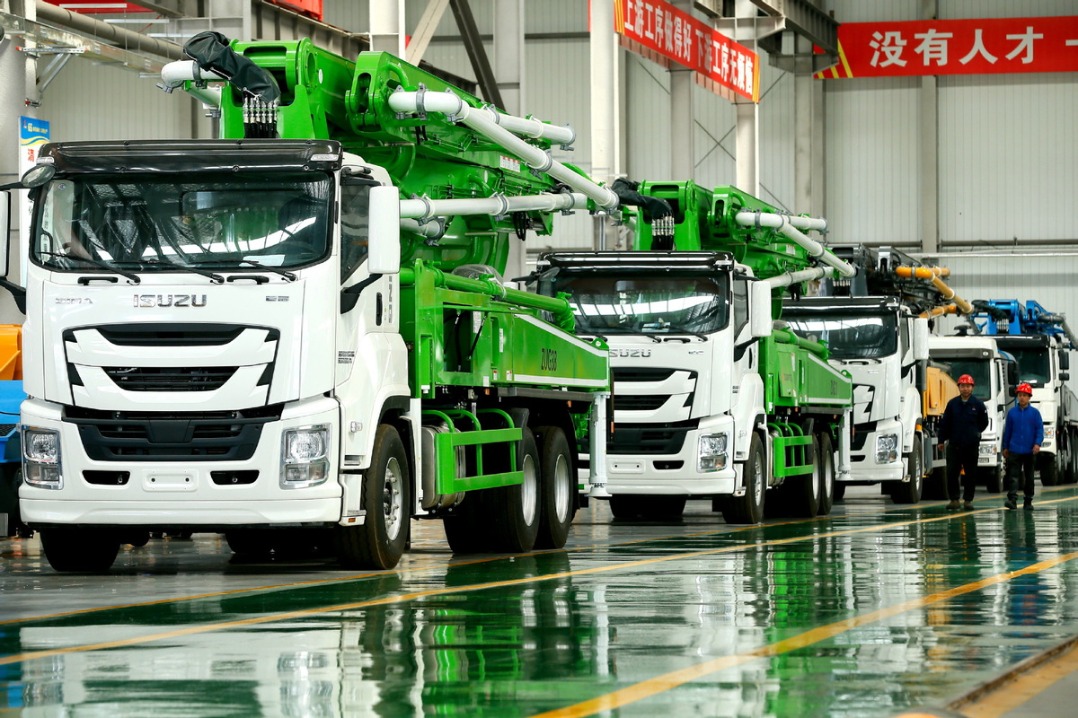Bigger scale brings more opportunities

Wuxi, located in southern Jiangsu province, became the nation's 14th city with GDP exceeding 1 trillion yuan ($159 billion) in 2017, the third city to make the achievement in Jiangsu after Suzhou and the provincial capital Nanjing.
A few days ago, Changsha, capital of Hunan province, projected its GDP grew by 9 percent to reach 1.02 trillion yuan last year.
So far, 14 cities on the Chinese mainland have joined the 1 trillion yuan club, with their combined GDP reaching 21.88 trillion yuan in 2016, accounting for 29.4 percent of the Chinese mainland's total.
Experts highlighted that once a city's economy reaches a certain level, it can increase investment in public service sectors, including transportation and environmental protection, further improving the city's overall competitiveness.
"It is regarded as a barometer of a city's economic power when its GDP reaches 1 trillion yuan, because a city with such an economic scale can excel in creating all kinds of job opportunities, driving the growth of its neighboring areas and attracting more talented workers," Tang Yuwen, a researcher from the development research center of Hunan province, was quoted as saying by the local Xiaoxiang Morning Herald.
In 2017, Shanghai, Beijing, Guangzhou and Shenzhen all reported GDP above 2 trillion yuan, with Shanghai ranking No 1 by posting more than 3 trillion yuan. The four cities' total GDP reached 10.16 trillion yuan, accounting for one-eighth of the mainland's total.
Shanghai's GDP reflects its steady economic growth, and it will benefit cities located in the Yangtze River Delta and surrounding regions, said Tang Huihao, deputy director of the Shanghai Municipal Bureau of Statistics.
As early as 2006, Shanghai became the nation's first city to achieve GDP surpassing 1 trillion yuan. It was followed by Beijing and Guangzhou, which joined the trillion yuan club in 2008 and 2010, respectively.
In 2011, Shenzhen, Tianjin, Suzhou and Chongqing followed suit. Wuhan of Hubei province and Chengdu of Sichuan province joined the list in 2014, Hangzhou of Zhejiang province in 2015, and Nanjing of Jiangsu province and Qingdao of Shandong province in 2016.
Foshan of Guangdong province, which reported a GDP increase of 8.5 percent to reach 950 billion yuan in 2017, and Ningbo of Zhejiang province, which reported GDP of 985 billion yuan last year, are likely to become the next two to cross the trillion yuan GDP mark in the coming years.




































